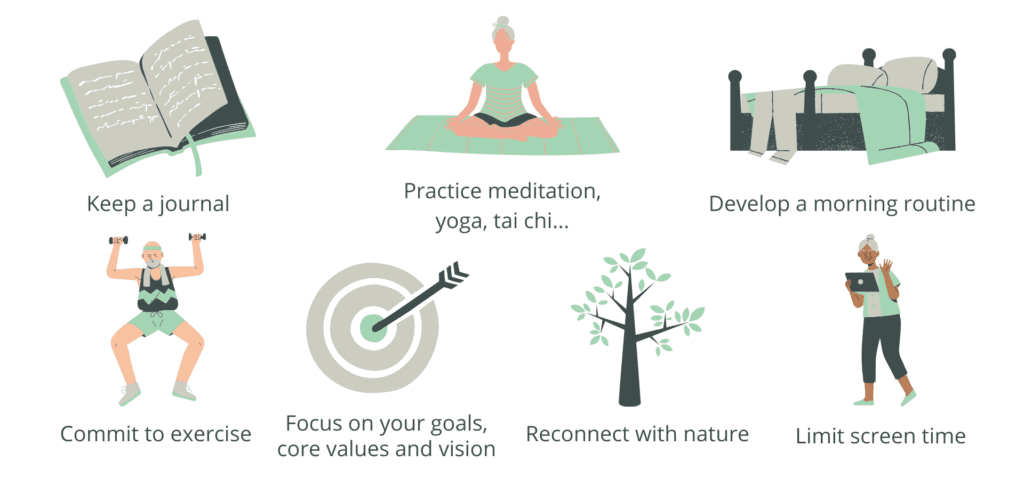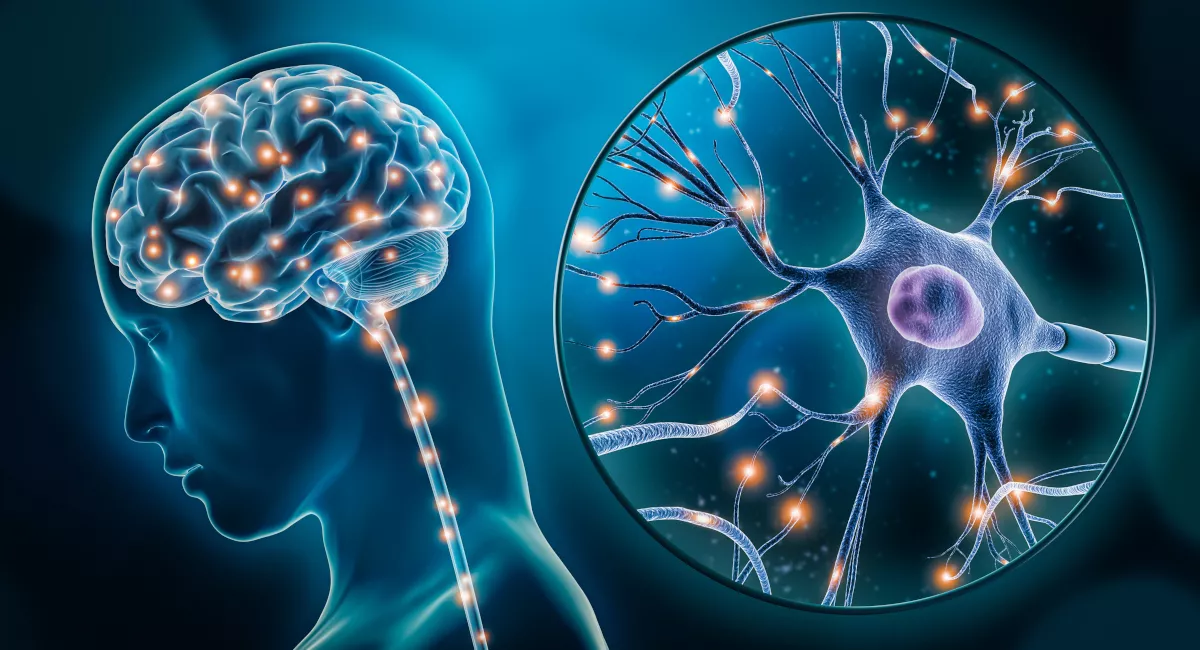The brain’s ability to reorganize and adapt to changes in our environment and experiences is called neuroplasticity. It allows us to learn new things, make new neural connections, and recover from injury or illness. Mental health is essential for a full and fulfilling life. It plays an important role in maintaining and improving cognitive function.

Table of Contents
Neuroplasticity Across the Lifespan
Neuroplasticity in Infancy and Childhood: During infancy and childhood, the brain is adaptable, allowing for rapid learning and development. The brain forms billions of new neural connections during this period. Experiences during this time can have a lasting impact on brain structure and function throughout life.
Neuroplasticity in Adulthood: Although neuroplasticity in adulthood is not as rapid as in childhood. It is still an important process for maintaining cognitive function and preventing cognitive decline. The brain continues to create new neural connections in response to learning and experiences. Although at a slower rate than in adolescence.
Neuroplasticity in Aging: Neuroplasticity can also help counteract the effects of aging on the brain. While the brain does undergo structural. Functional changes with age, neuroplasticity can help to maintain cognitive function and prevent cognitive decline.
Benefits of Neuroplasticity
Improved Cognitive Function: It can improve cognitive function by enhancing the brain’s ability to process and remember information. As well as improving attention and executive function.
Enhanced Learning and Memory: It allows us to learn new skills and information throughout our lives, and to retain that information over the long term.
Increased Brain Resilience and Recovery from Injury: It also helps the brain to recover from injury or damage by creating new neural pathways to compensate for lost or damaged ones. It can also increase the brain’s resilience to future injury or disease.
Prevention of Cognitive Decline and Dementia: Research has shown that exercises can help to prevent cognitive decline and reduce the risk of developing dementia. By keeping the brain active and engaged, we can maintain cognitive function.
Neuroplasticity Exercises and Activities
Physical Exercise: Regular physical exercise has been shown to improve brain health. It can increase blood flow to the brain, improve oxygenation, and stimulate the growth of new neural connections.
Brain Games and Puzzles: Engaging in brain games and puzzles, such as crossword puzzles, Sudoku, or brain training apps, can help to challenge the brain.
Learning New Skills and Hobbies: Learning new skills or hobbies, such as playing an instrument or learning a new language, can stimulate the brain and promote the growth of new neural connections.
Meditation and Mindfulness: Practicing meditation and mindfulness can help to improve focus, attention, and emotional regulation, all of which can enhance brain function.
Conclusion
Neuroplasticity is a lifelong process that can have significant benefits for mental health and cognitive function. Individuals who engage in exercises and activities promote. They can maintain and improve cognitive function throughout life. Regular physical exercise, brain games and puzzles. Learning new skills and hobbies, and meditation and mindfulness practice are all effective ways to enhance mental health. If you need more advice on Health Science and much more, check out http:\\letsflytogather.com. This website provides valuable insights on Emerging Technologies & Science.

